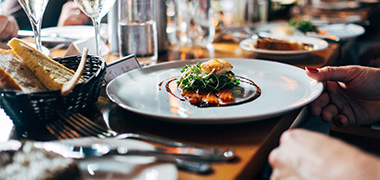
How do I become a art historian
Get qualified to work as a art historian with a course recognised across Australia. Speak to a training provider to learn more.
Related career opportunities
Browse occupations related to Art Historian.
Common questions
Further reading


Choosing a security licence course in Australia: A step-by-step guide for jobseekers
10th November 2023
Career spotlight: Hospitality professionals
17th September 2019Art Historian careers
Art Historians research and explore the way art has developed throughout human history. They might focus their interest on a specific medium within a historical period (eg, decor and fashions in the Elizabethan age) or take a broader look at how art movements intersect with lifestyle and culture (eg, how the industrial revolution propelled the Art Nouveau movement in Europe).
As a Art Historian you might be verifying the authenticity of a painting, preserving a piece of tribal art, leading a tour group at an important cultural site, cataloguing art pieces for an art museum, or writing a journal article that unpacks the findings of key research.
It’s a specialist occupation that advances our understanding of the creative process as well as world history.

